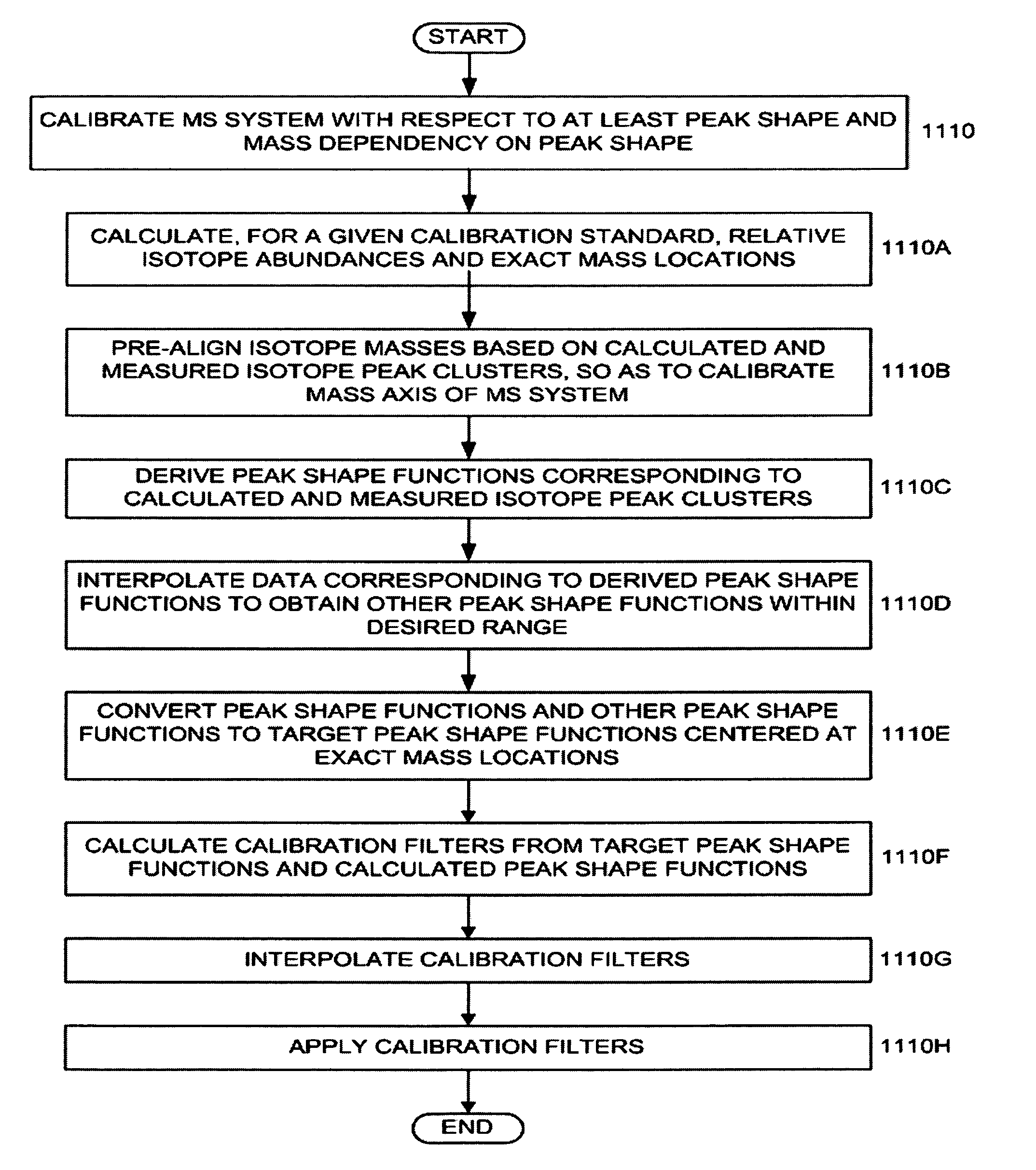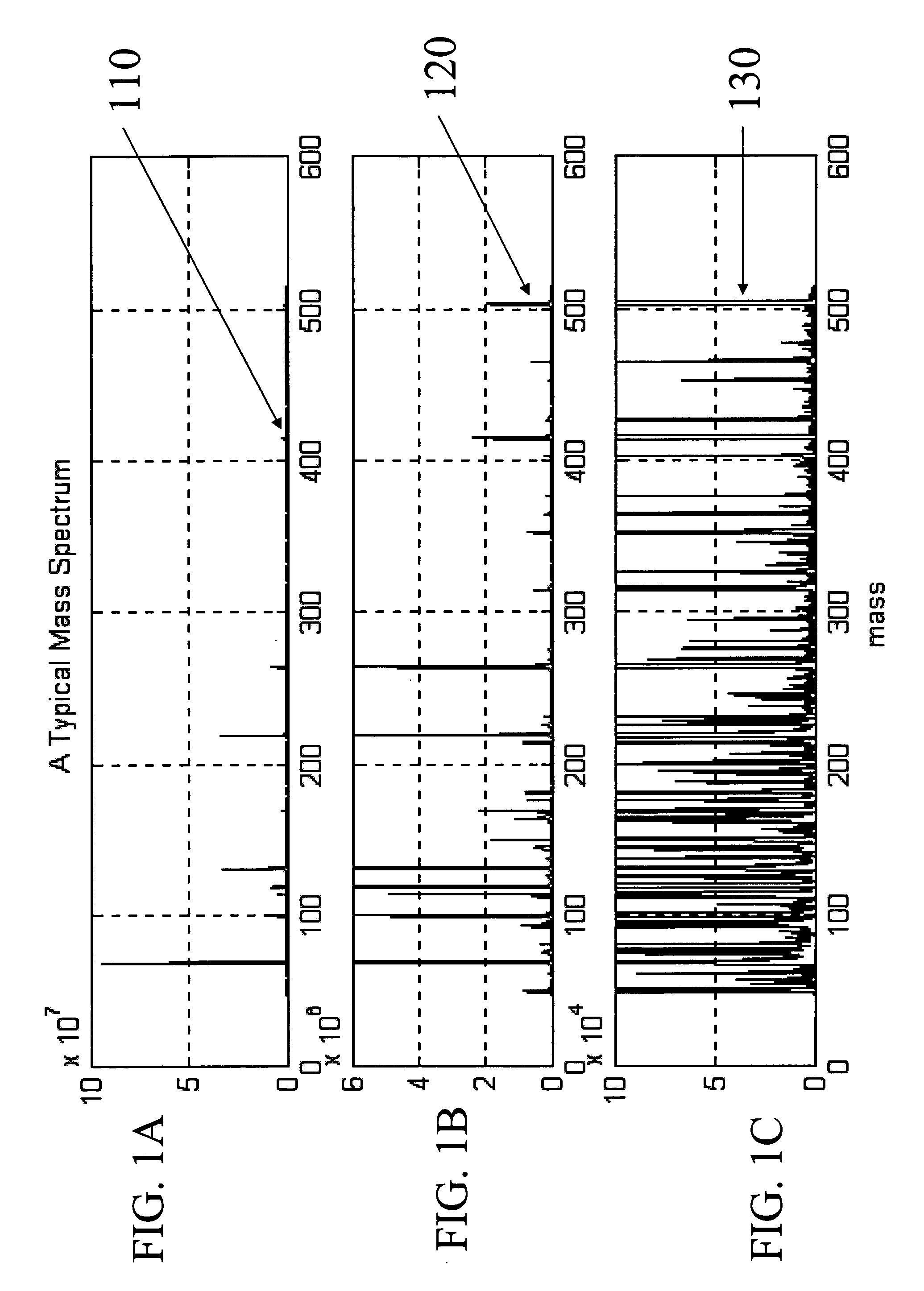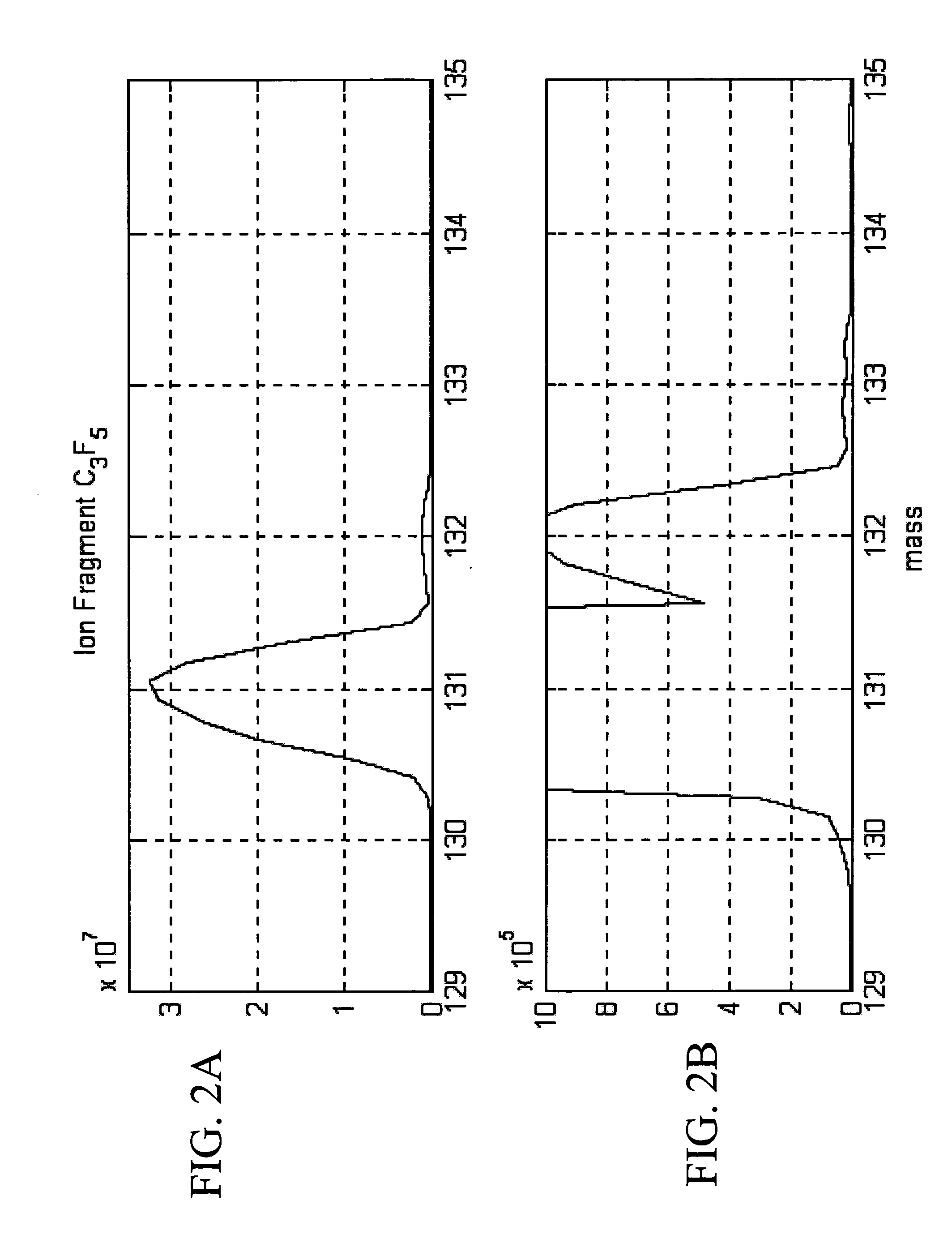Methods for operating mass spectrometry (MS) instrument systems
a mass spectrometry and instrument system technology, applied in the field of mass spectrometry, can solve the problems of lack of mass accuracy, little has been done to systematically and effectively analyze the massive amount of ms data generated by modern ms instrumentation, and the current use of mass calibration usually does not provide better than 0.1 amu
- Summary
- Abstract
- Description
- Claims
- Application Information
AI Technical Summary
Benefits of technology
Problems solved by technology
Method used
Image
Examples
Embodiment Construction
[0052] The present invention is directed to methods for calibrating Mass Spectrometry (MS) instruments systems and for processing MS data.
[0053] It is to be understood that the present invention may be implemented in various forms of hardware, software, firmware, special purpose processors, or a combination thereof. Preferably, the present invention is implemented as a combination of hardware and software. Moreover, the software is preferably implemented as an application program tangibly embodied on a program storage device. The application program may be uploaded to, and executed by, a machine comprising any suitable architecture. Preferably, the machine is implemented on a computer platform having hardware such as one or more central processing units (CPU), a random access memory (RAM), and input / output (I / O) interface(s). The computer platform also includes an operating system and microinstruction code. The various processes and functions described herein may either be part of ...
PUM
 Login to View More
Login to View More Abstract
Description
Claims
Application Information
 Login to View More
Login to View More - R&D
- Intellectual Property
- Life Sciences
- Materials
- Tech Scout
- Unparalleled Data Quality
- Higher Quality Content
- 60% Fewer Hallucinations
Browse by: Latest US Patents, China's latest patents, Technical Efficacy Thesaurus, Application Domain, Technology Topic, Popular Technical Reports.
© 2025 PatSnap. All rights reserved.Legal|Privacy policy|Modern Slavery Act Transparency Statement|Sitemap|About US| Contact US: help@patsnap.com



